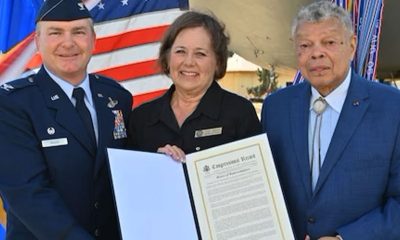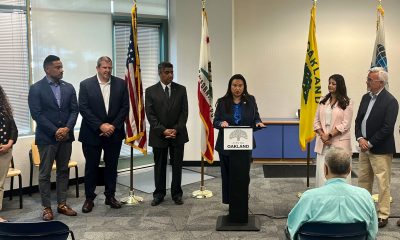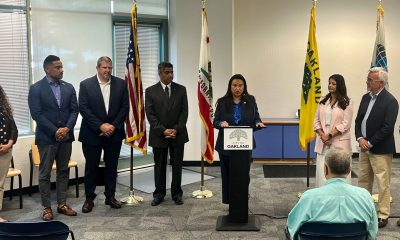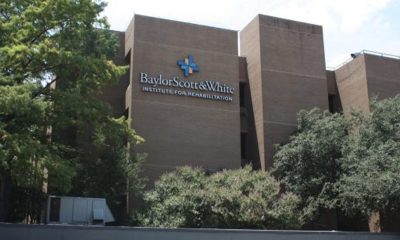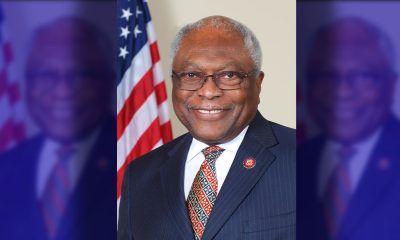Community
Vietnam 2013
In 1965, I remember talking to a classmate when I was 14 yrs. old about the Vietnam war. Even then we were speculating about the likelihood of us being drafted into what was then called a police action. I told him by the time we turn eighteen that war will be over—so not to worry. Well, the years went by and the next thing I knew I was about to graduate from high school and that damn war was still going strong. I was turning eighteen a few days before my graduation and at that time every eighteen year old, by law, was required to register with his local selective service board. So, If memory serves me right, I fulfilled that obligation by signing up at my local post office.
< p>< p> Basic Training 1970 Ft. Jackson
The war was being fought unfairly by the poor while the rich and upper middle-class kids were seeking and getting student deferments, medical deferments, or fleeing to Canada. I can’t emphasize strongly enough as to how important this war had become to the eighteen year old. From the ever increasing body count dished out on the nightly news, to the student protests, to the wounded soldiers returning home in wheel chairs–it was inescapable. My oldest sister had brought a returning vet to our home once who was missing both legs and consigned to a wheel chair. I had never seen a person in such condition. There had become such a hue and cry about the unfairness of the draft that a lottery system was devised based on every eighteen year old’s birthday.
The first drawing of numbers, which I was not eligible, was for those born between 1944 and 1950. The results of that drawing, had I been eligible, would have given my birth date of June 8th the number 366 which represented leap year. So, I certainly would have never been drafted that year. The following year of 1970, however, which I was eligible, was for those born in 1951. I received the number 7 for that drawing which meant I was guaranteed to be drafted.
Tank Hill, Fort Jackson, South Carolina
Not being one to wait for the Sword of Damocles to befall me, I approached my neighbor who had earlier joined the Army National Guard and asked him to take me with him on his next drill date where I would join forthwith. Yes, I had successfully dodged the draft by choosing the lesser of the two evils. I would do a four month active duty stint called Basic Training at Fort Jackson, South Carolina, and an Advanced Infantry Training (AIT) at Fort Gordon, Georgia. I received the same training as the regular army draftees with the only difference being I knew I was coming home while the majority of the people I trained with would be going to Vietnam.
The last day of our training, we all stood in formation as the Sergeant barked out the orders for our next duty station. Private So-and-So, Republic of Vietnam, Private Such-and-Such, Republic of Vietnam went the refrain as we stood at attention. One after another ordered to Vietnam while a lucky few heard names like the Presidio in San Francisco, Korea, or a base in Germany. For the minority of National Guardsmen in the company our orders were preordained, we knew where we were going. Some would jokingly say, “Fort Home.”
Although I was only obligated to serve six years in the National Guard, I would stick around for the next nine years. In hindsight, I’ve often wondered if I made the right decision. A combination of guilt I suppose and a sense that I missed out on something akin to a rite of passage. I find myself asking, how many of the friends I had made during my training are now names etched on a black granite wall in Washington, D.C.? I look at the faces in many photographs of the guys I lived with for four months wondering if this one is alive or if that one is alive. We were all so young and dumb. The oldest guy in our company was a prior service 26 year old–and we called him grandpa.
Ft. Gordon, Georgia
So, here it is 2013 and I am considerably older and much more reflective. I have traveled and experienced many things in the world. I have few regrets and continue to enjoy life with the zest and zeal of an eighteen year old. I will be returning to America soon after spending a year in China and Taiwan. Upon my return to Asia, I will be embarking on my next quest—called Vietnam. Not for the beaches or the Pagodas, not for the culture or the food, not for the landscape or the language, but for the War. My war, ironically. I will visit as many of the historical locations that I remember about that war from the iconic photo of the execution by General Nguyen Ngoc Loan of the Vietcong prisoner on a Saigon street, to the Son My Village massacre better known as the My Lai Massacre, to the Hanoi Hilton where American pilots were imprisoned, to Dien Bien Phu where the French suffered a humiliating defeat, to the ancient imperial city of Hue virtually demolished during the Tet offensive, to Khe Sanh where the U.S. Marines were under siege and Hamburger Hill. Hopefully, I will visit many sites of battlefield lore and take in the ghosts of Vietnam.
For more information visit:
Activism
Oakland Post: Week of April 17 – 23, 2024
The printed Weekly Edition of the Oakland Post: Week of April 17 – 23, 2024

To enlarge your view of this issue, use the slider, magnifying glass icon or full page icon in the lower right corner of the browser window. ![]()
Activism
Oakland Schools Honor Fred Korematsu Day of Civil Liberties
Every Jan. 30, OUSD commemorates the legacy of Fred Korematsu, an Oakland native, a Castlemont High School graduate, and a national symbol of resistance, resilience, and justice. His defiant stand against racial injustice and his unwavering commitment to civil rights continue to inspire the local community and the nation. Tuesday was “Fred Korematsu Day of Civil Liberties and the Constitution” in the state of California and a growing number of states across the country.
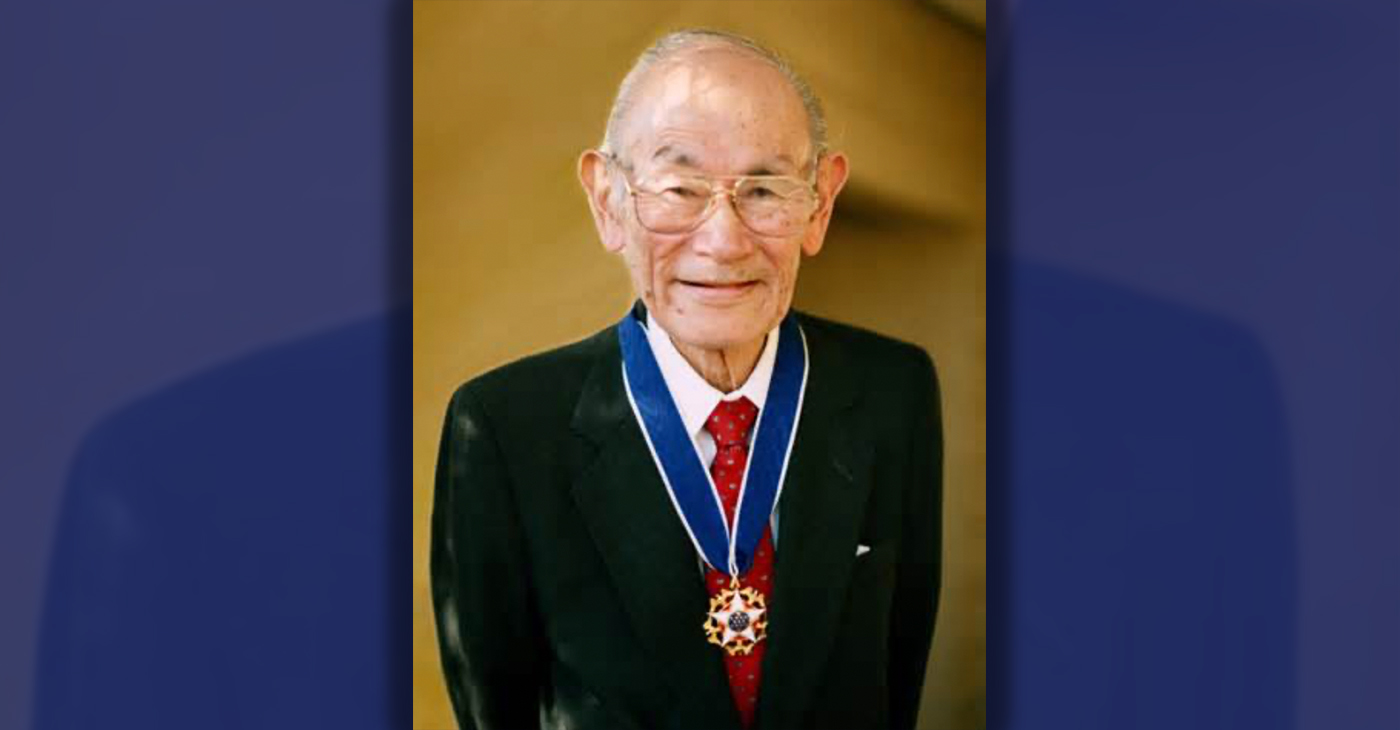
By Post Staff
Every Jan. 30, OUSD commemorates the legacy of Fred Korematsu, an Oakland native, a Castlemont High School graduate, and a national symbol of resistance, resilience, and justice.
His defiant stand against racial injustice and his unwavering commitment to civil rights continue to inspire the local community and the nation. Tuesday was “Fred Korematsu Day of Civil Liberties and the Constitution” in the state of California and a growing number of states across the country.
One OUSD school is named in his honor: Fred T. Korematsu Discovery Academy (KDA) elementary in East Oakland.
Several years ago, founding KDA Principal Charles Wilson, in a video interview with anti-hate organization “Not In Our Town,” said, “We chose the name Fred Korematsu because we really felt like the attributes that he showed in his work are things that the children need to learn … that common people can stand up and make differences in a large number of people’s lives.”
Fred Korematsu was born in Oakland on Jan. 30, 1919. His parents ran a floral nursery business, and his upbringing in Oakland shaped his worldview. His belief in the importance of standing up for your rights and the rights of others, regardless of race or background, was the foundation for his activism against racial prejudice and for the rights of Japanese Americans during World War II.
At the start of the war, Korematsu was turned away from enlisting in the National Guard and the Coast Guard because of his race. He trained as a welder, working at the docks in Oakland, but was fired after the bombing of Pearl Harbor in 1941. Fear and prejudice led to federal Executive Order 9066, which forced more than 120,000 Japanese Americans out of their homes and neighborhoods and into remote internment camps.
The 23-year-old Korematsu resisted the order. He underwent cosmetic surgery and assumed a false identity, choosing freedom over unjust imprisonment. His later arrest and conviction sparked a legal battle that would challenge the foundation of civil liberties in America.
Korematsu’s fight culminated in the Supreme Court’s initial ruling against him in 1944. He spent years in a Utah internment camp with his family, followed by time living in Salt Lake City where he was dogged by racism.
In 1976, President Gerald Ford overturned Executive Order 9066. Seven years later, the 9th Circuit Court of Appeals in San Francisco vacated Korematsu’s conviction. He said in court, “I would like to see the government admit that they were wrong and do something about it so this will never happen again to any American citizen of any race, creed, or color.”
Korematsu’s dedication and determination established him as a national icon of civil rights and social justice. He advocated for justice with Rosa Parks. In 1998, President Bill Clinton gave him the Presidential Medal of Freedom saying, “In the long history of our country’s constant search for justice, some names of ordinary citizens stand for millions of souls … To that distinguished list, today we add the name of Fred Korematsu.”
After Sept. 11, 2001, Korematsu spoke out against hatred and discrimination, saying what happened to Japanese Americans should not happen to people of Middle Eastern descent.
Korematsu’s roots in Oakland and his education in OUSD are a source of great pride for the city, according to the school district. His most famous quote, which is on the Korematsu elementary school mural, is as relevant now as ever, “If you have the feeling that something is wrong, don’t be afraid to speak up.”
Community
For Cervical Cancer Month, Medical Community Focused on Education
January was Cervical Cancer Awareness Month. Physicians, advocates and others in the medical community commemorated the month by raising awareness about a form of cancer they say is highly preventable and treatable. Cervical cancer is caused by a virus called the human papillomavirus (HPV) and it develops slowly over time but can be prevented with proper care in girls as young as 13 years old.

By Magaly Muñoz
January was Cervical Cancer Awareness Month.
Physicians, advocates and others in the medical community commemorated the month by raising awareness about a form of cancer they say is highly preventable and treatable.
Cervical cancer is caused by a virus called the human papillomavirus (HPV) and it develops slowly over time but can be prevented with proper care in girls as young as 13 years old.
Sonia Ordonez, an OBGYN and gynecology surgeon at Kaiser Permanente, stated that as soon as people with cervixes reach the maturity reproductive age, they should start taking preventative measures like getting the HPV vaccine. The vaccine involves a series of two-doses for people aged 9 through 14 or three-doses for people 15 through 45 years old.
“I see a lot of young women who can’t remember or may not have gotten [the vaccine] when they were younger, or maybe got one, but we can give them the series of vaccines and restart at any point in time,” Ordonez said.
She said that cervical cancer is not the only cancer caused by HPV. Strains of the virus can also lead to throat, anal and penile cancers.
Screening is also an effective way to check for cervical cancer and should be done every three years after someone turns 21, doctors recommend. It is best to start as early as possible to catch occurrences early.
Ordonez said that this cancer is also more likely found in people of color and has led to more deaths overall.
A Mayo Clinic article published last month stated that Black women are more likely to be diagnosed and die of cervical cancer, compared to White women in the U.S.
2,000 Black women are diagnosed every year with cervical cancer and 40% die as a result.
“This disparity is not due to genetic differences among White, Black or Hispanic women, but rather related to systemic racism, access to healthcare and socioeconomic factors,” Dr. Olivia Cardenas-Trowers, a Mayo Clinic urogynecologist, said in the article.
Ordonez stated that immigrant women are also highly susceptible to the cancer, as many Latin American countries may not have accessibility to screenings or lack of insurance makes it harder for them to get tested.
Hispanic women are 40% more likely to be diagnosed with cervical cancer, and 30% more likely to die from it, as compared to non-Hispanic White women, according to the Office of Minority Health.
Family medicine physician, Joy Anyanwu, stated that the pandemic contributed to hesitancy about getting cervical cancer screenings among some women. Other factors are people’s aversion to vaccines, parents not wanting to believe that their children are or will become sexually active, and doubt about the overall effectiveness of the vaccine.
“The vaccine is very safe — over 97% effective in preventing cervical cancer,” Anyanwu said. “Even if you aren’t having sex, the earlier you start would actually help.”
Anyanwu said she understands that parents might not want to ask questions about their children’s reproductive health, but it’s a mindset that can be a barrier to having important conversation about prevention or care.
To keep families their families and communties healthy, the doctor emphasized that people should prioritize keeping up with their vaccine series and going to screenings every year.
-

 Activism4 weeks ago
Activism4 weeks agoOakland Post: Week of March 20 – 26, 2024
-

 #NNPA BlackPress3 weeks ago
#NNPA BlackPress3 weeks agoCOMMENTARY: D.C. Crime Bill Fails to Address Root Causes of Violence and Incarceration
-

 #NNPA BlackPress3 weeks ago
#NNPA BlackPress3 weeks agoMayor, City Council President React to May 31 Closing of Birmingham-Southern College
-

 #NNPA BlackPress4 weeks ago
#NNPA BlackPress4 weeks agoCOMMENTARY: Lady Day and The Lights!
-

 #NNPA BlackPress3 weeks ago
#NNPA BlackPress3 weeks agoFrom Raids to Revelations: The Dark Turn in Sean ‘Diddy’ Combs’ Saga
-

 Activism3 weeks ago
Activism3 weeks agoOakland Post: Week of March 27 – April 2, 2024
-

 #NNPA BlackPress4 weeks ago
#NNPA BlackPress4 weeks agoBaltimore Key Bridge Catastrophe: A City’s Heartbreak and a Nation’s Alarm
-

 #NNPA BlackPress4 weeks ago
#NNPA BlackPress4 weeks agoBaltimore’s Key Bridge Struck by Ship, Collapses into Water

